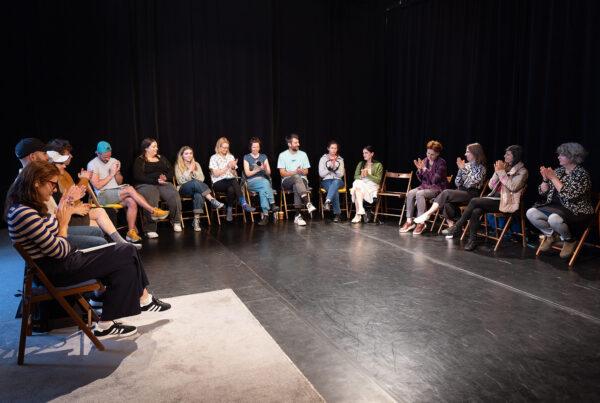By Niroshini Thambar
Representation is powerful. Positive or negative, it has far-reaching consequences, affecting how others see you and how you see yourself. In the first days of 2019, UK news outlets reported on the ‘migrant crisis’ that we are apparently facing though statistics would suggest otherwise. The stories about black and brown people, trying to land illegally on the southern English coast, and the government response to bring in the military to patrol the waters reinforced the increasingly negative image of migration that we have become accustomed to.
How difficult life must be for someone to leave their home and family and undertake such a perilous journey, but yet this narrative continues, ‘othering’ certain groups of people who are then seen as lesser, undeserving, and are often scapegoated as the cause of all ills in society, diverting our attention from the real injustices committed by those in power for their own self-interest.
By criminalising people to whom we should be extending compassion we normalise heartlessness. The word ‘migrant’, an umbrella term encompassing both refugees and economic migrants, is becoming stigmatised, a shorthand meaning someone who wants to take from us without giving and yet, migration is as old as humanity itself. People have always travelled and mixed, bartered and traded, shared art, culture, skills and friendship.
I experienced childhood as a British South Asian, with immigrant parents from a former British colony who have enriched the UK through their productive lives. I played with pale-skinned dolls, enjoyed television, films, music and read widely. I loved all of this and yet as a child I did not see myself, or my family fully represented in the art and culture around me. Where were people who looked, talked and lived like us? They were few and far between, and usually reinforced lazy stereotypes.
This was not all bad, as art and culture allows us insights into the lives of those different to us. We can seek and find common ground within stories that initially seem a world apart from our own. This helps us develop compassion across points of difference, finding what unites us rather than what divides us. But, if we do not also experience ourselves being reflected authentically back to us, we risk becoming invisible or a caricature, which feeds intolerance, prejudice and disconnection.
For children starting afresh in new countries due to war, persecution, or economic reasons, how will it affect them if the only stories pumped out into society characterise them as a threat, coming to take money and jobs and having nothing to contribute in return? And for a child whose identity is overwhelmingly positively represented in art and culture at the expense of other identities, is there a danger of encouraging an unhealthy sense of entitlement in adulthood, which if unchecked can lead to a lack of empathy and compassion for those who are different to them? (I’m looking at certain members of the current UK government here…)
So how can artists confront the increasingly negative representations of migration being drip-fed like poison into our collective consciousness? Simply put, through the art we create we have a powerful way of bringing balance to representation. If we can continue to increase the diversity of voices in theatre, both on stage and in audiences, we can get closer to sharing the multiplicity of human experience through our stories, song, text, music, design, performance, and not just allow those who have the most influence to set the narratives.
Positive representation throughout childhood is important if young people are to recognise themselves in the world around them and develop a healthy sense of belonging, self-esteem and agency in their lives. All young people have a right to a secure nurturing childhood. They are the adults of the future who will shape the world of tomorrow. To help build a kind and compassionate world where respect and love for all underpins how we treat our fellow human beings and the earth, we need to create artistic work that reflects diversity and inclusiveness back at humanity from childhood onwards.
Let’s get to work!



